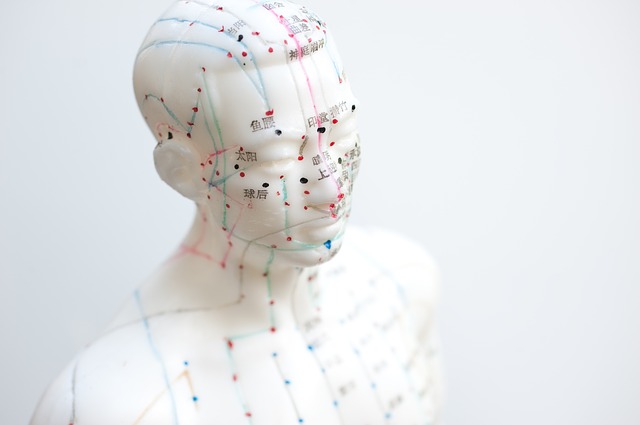How does acupuncture work?
Acupuncture is a way to move Chi throughout the body. It's an ancient form of healing that works with your body's ability to heal itself. This process is done not with the nerve roots itself, but pathways of energy or information that flows throughout the body. The acupuncture needles help move this information throughout the body to maintain a body heal itself a lot easier. Acupuncture can help with a multitude of conditions, not just aches and pains. In fact, the World Health Organization has proved it for over 60 conditions from epilepsy, anxiety and sinus issues.
How to get rid of a headache in five minutes without pills?
Headaches can come out of nowhere and range from a dull ache to a raging pain. When a headache hits, it's hard to perform everyday tasks or stay focused at work. We want to take medication even over-the-counter remedies as infrequently as possible for a host of reasons. And sometimes we're somewhere that we can't reach for natural remedies such as white willow bark. When a headache hits at the worst time, look no further than these six pressure points for headaches.
Massaging the pain away have you ever wondered why you instinctively rub your head where it hurts? When you have a headache, you may begin to massage your temples or the base of your neck without thinking about it. It seems the natural thing to do, and that's acupressure. In the treatment of a headache, a Taiwanese study found acupressure more effective than muscle relaxer drugs in relieving pain and reducing the frequency of chronic headaches.
Below are six pressure points for headaches to relieve pain using acupressure.
How to perform Acupressure?
Here's how to use acupressure anywhere from your desk, your home or even in your car.
- Sit in a comfortable position, close your eyes and take deep even breaths.
- Apply deep, firm pressure to each pressure point and massage in a small circular motion; the object is to stimulate blood flow below the surface.
- Massage each point for 30 to 60 seconds. If your headache persists 10 minutes after massaging the last point, you may perform the steps again.
- You may administer acupressure as often as you like.
6 Pressure points for headaches:
Don't let your headache control your day. Use these pressure points for headaches as needed for lasting relief
Acupuncture for headaches:
1. Yintang: Also known as "the third eye", Yintang is positioned between the eyebrows where the bridge of the nose meets the forehead. Acupressure on this point is also helpful to relieve eye fatigue, insomnia, and vertigo. It's a key point for people who work on the computer or don't get enough sleep.
2. Zan Zhu: These points are located at the base of the inner eyebrows, at the edge of the bone (supraorbital notch). They are great for alleviating dizziness, eye disease, blurred vision, hay fever, stiff neck, psychosis, and repeated sneezing. Most people already have the reflex of touching these points when a headache acts up.
3. Ying Xiang: These acupressure points are relocated on either side of the nostrils just below the cheekbone, where the nose meets the cheek. While they work well for headaches, you can also massage this point for any sinus problems, nosebleeds, allergies, or congestion. Ying Xiang effectively relieves nasal congestion even in people with acute respiratory tract infections.
4. Tian Zhu: These are two points on either side of the spine where it meets the base of the skull. Not only for headache relief, these points are effective in treating fever, body aches, lack of concentration, memory, dizziness, stiff neck, sore throat, nasal congestion, back and shoulder pain.
5. Shuai Gu: This point is located about an inch above the beginning of the front curve of the ear. You should feel a slight indentation in the bone that confirms the location of this spot. It relieves a migraine, improves tinnitus, vertigo, and vomiting. Stimulate this point on both sides of your head for best results.
6. He Gu: This point is in the hand at the highest point of the muscle when the thumb is held against the index finger. Open your hand and feel the point in the meaty part of the muscle in the web between the thumb and hand. Used properly, it can relieve a migraine, tension headache, jaw pain, dizziness, congestion, sinusitis ache, constipation, and diarrhea.














No comments:
Post a Comment